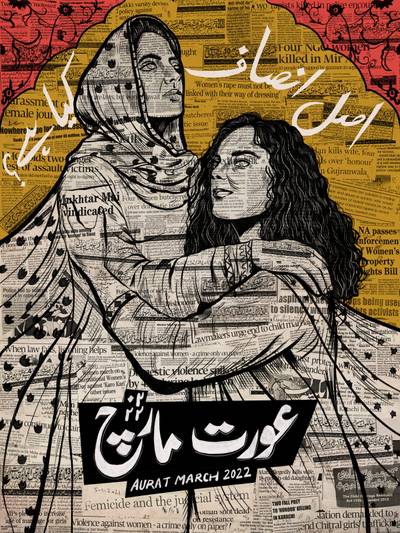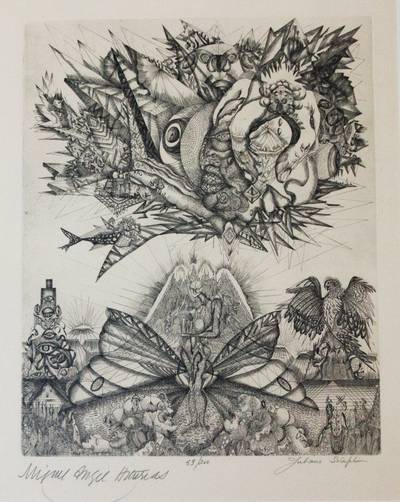

Most read
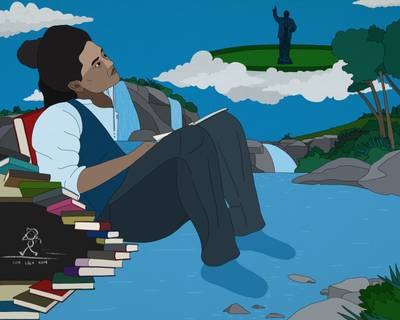

The time and energy it takes to apply myself and think about what I am reading swallows me into a world and leaves me suspended there, making me unavailable to people who aren’t comfortable with the idea of a Dalit person engaging in something that is not her humiliation. Reading is a way of being unavailable to a world that has taught you to remain outside. When we encounter stories about what being able to read and write did for people from the margins, we are essentially encountering the impact of close reading.
READLove Is for the Ones Who Love the Work: How Close Reading Interrupts Caste in the Classroom
In close reading, the body is also learning to pay attention to itself when it responds a certain way to a line, a sentence, or a paragraph. Something that can perhaps only come from leisure and the luxury to sit and have the free time to be available to the text. How many Dalit teachers can afford this?


With the end of the war-genocide, a new type of tourism started emerging in Jaffna: war tourism. In this essay, சிந்துஜன் வரதராஜா looks at life inside of a new hotel in the former war zone and explores by way of it the intrinsic relationship of military-occupation with tourism in Eelam.
READLong Before Justice, Tourists Arrive
Sinthujan Varatharajah looks at life inside a new hotel in the former war zone and explores by way of it the intrinsic relationship of military-occupation with tourism in Eelam.
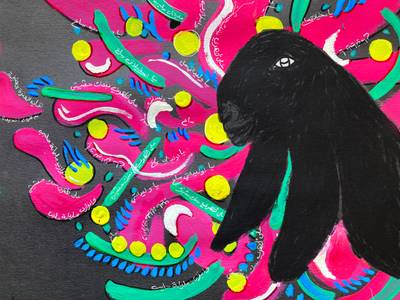

Accused of being “shrewd, rogue, ill-mannered and undisciplined”, the black goat was constantly abducted and killed to prevent it from distorting the European landscape that Israel wished to create on the rubbles of the destroyed Palestinian one. In 1948, the year of the Nakba, Israel began importing a white Swiss goat to replace the black one. The white European goat was described as “polite, beautiful, healthy” and even “civilized”.
READApproaches to Palestinian Liberation: Magical Realism as Resistance Literature
Can literary magical realism be considered a type of resistance literature in the Palestinian context?
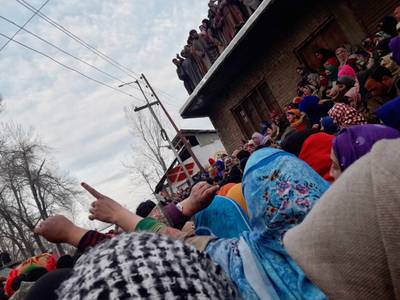

Ruination is the foundational violence that established the Indian nation-state. Long perfected in Indian-Occupied Kashmir over the last seven decades, camouflaged under the optics of democracy and development, it is ruination that has accelerated India’s settler-colonial project, setting the layout of demographic engineering across the region.
READLocked in Atrocity Image: The Ruination of Muslim Space and Body in India and Kashmir
Shivangi Mariam Raj’s essay examines the ethical dilemma of using graphic imagery to raise awareness about atrocities in India, specifically brahmin supremacist violence and the situation in Kashmir, asking what measure of accountability can we honour to establish an ethic of seeing?
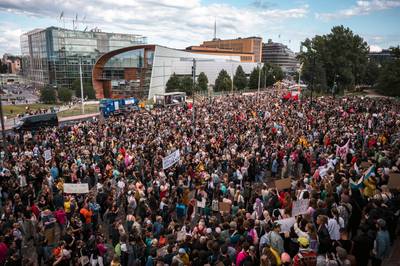

Our solidarity against Prime Minister Orpo’s far-right government doesn’t need to stop with other ethnic minorities but can act as a tool to bring everyone together, irrespective of background, who is set to suffer under the new regime—from the exploited worker to the overworked parent, from the retiree dependent on housing support to the employee looking for a career change—a number easily far higher than the votes the ruling coalition managed to rake in.
READOnly Solidarity, Not Respectability, Can Topple Finland’s Dangerous Far-Right Government
A look at Finland’s 77th government and its oppressive policies towards immigrants and the working class, and how we can join in solidarity to stop it from causing irreparable harm to all.


Musa Shadeedi examines how the feminisation and queering of Palestinian resistance in Gaza are used as tools of justifying genocide and occupation. By situating this tactic within its historical colonial and anti-Islamic context, Shadeedi exposes the contradictions inherent in these narratives.
READQueering Hamas: A Colonial Weapon
Musa Shadeedi analyzes the use of feminizing and queering Palestinian resistance in Gaza as a justification for genocide and occupation, contextualizing this tactic within historical colonial and anti-Islamic frameworks to reveal its inherent contradictions.
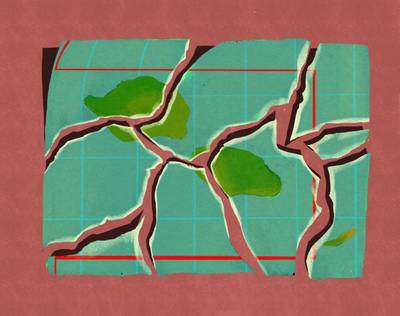

In Samoa, an archipelago situated closeby to the said line, this border was however not abstract. It wasn’t something that could be as easily ignored throughout the remaining year. The line was too close to overlook. By way of geographic proximity, the island chain was more likely touched and disturbed by it. In 2011 the government of the territory thus took matters into their own hands. It decided to change its own future by changing its own place in time. To achieve this modification, Samoa decided to get rid of December 31 2011 in order to be able to slip through the thread of time. While the world had remained in its configurations of time, the island had, with a blink of an eye, altered its own configuration of time. By disappearing December 31 2011, by erasing twenty-four hours, Samoa catapulted itself twenty-four hours ahead into the future.
READJumping Rope With Time
Sinthujan Varatharajah writes on how Europeans subdued and reorganized formerly distant natures, people, and cultures according to their own industrial needs with the help of different technical ‘innovations’, including the infamous clock.
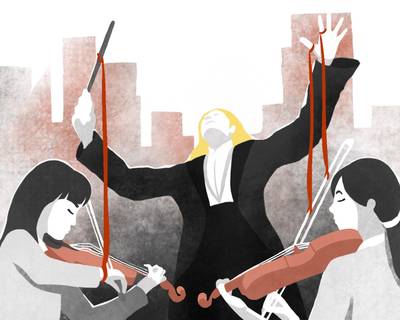

European modes of living and cultures have become globalised and naturalised, so much so that critical conversations around European traditions today focus more on questions of racial diversity in, say, orchestras, ensembles, and European music and dance schools rather than why and how European cultural productions have become such a global commodity and signifier for class and and “civilisational” ascend to begin with.
READThe Innocence of (European) Instruments
European modes of living and cultures have become globalised and naturalised, so much so that critical conversations around European traditions today focus more on questions of racial diversity in, say, orchestras, ensembles, and European music and dance schools rather than why and how European cultural productions have become such a global commodity and signifier for class and and “civilisational” ascend to begin with.


With this text, we hope to renew a sincere belief that united art workers can do good by calling for candid public discussion on difficult matters. We wish to make clear some of the political affiliations held by the Kiasma Support Foundation, especially in relation to the colonial politics by the State of Israel and hope that this text will open a dialogue with workers of the National Gallery, who despite prevailing uncertainty, remain motivated to better their organization. We hope that art administrators in Finland will usher forward programs, which manifest their political desires and illustrate how they imagine the institutions they lead serving the public.
READOur Efforts to Show Solidarity for Palestine Are Tested at Kiasma
Why is Chaim “Poju” Zabludowicz, a person who funds an influential pro-Israeli lobbying organization serves as a member of the Kiasma Support Foundation?


One is reminded of the famous ghost of the Communist Manifesto: students in the Aalto University School of Arts, Design and Architecture have taken to occupy the ARTS building Väre, organising demonstrations and negotiations with the university representatives. Not bad!
READSTOP Cutting Funds for Higher Education in the Arts!
Taina Rajanti breaks down Aalto University’s argument of necessity of cuts in response to the ARTS students’ protesting the cuts, reorganizations of the departments, and the inaccessibility of the school premises.
